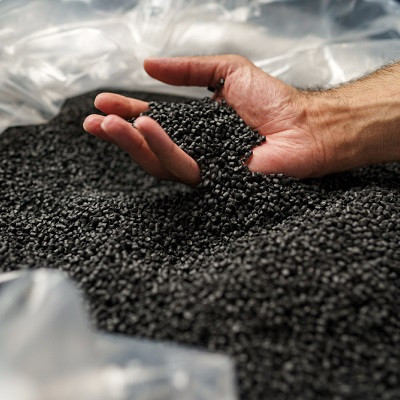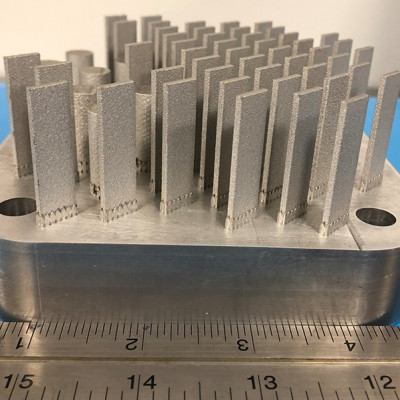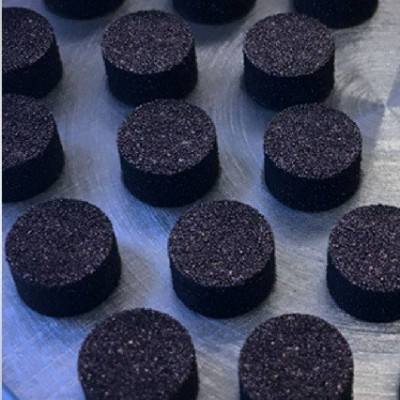Making aircrafts lighter is something scientists as well as the industry is working relentlessly to achieve. A lighter aircraft is more fuel efficient which will impact both climate and the economics positively. There are also numerous practical and functional advantages with lighter planes.
In a collaboration project between RISE SICOMP, GKN Aerospace Sweden, Woxna Graphite and Nexam Chemical; technologies have been developed which can be used in aircraft components and other applications where the demands on durability are exceptionally high. The composites should endure oxidation over a wide temperature range during a long period of time.
Graphene was added as surface protection in the project, as a matrix modifier. Composites, with and without graphene, were manufactured and tested in the exact same way for comparison and reference.
Without adding graphene, the mechanical properties in the material (short-beam shear strength (ILSS)) decreased with 56 and 84 per cent respectively after being thermically oxidized at 320°C during 500 and 1 000 hours.
When graphene was added as surface protection the composites mechanical properties was preserved at 80 per cent after 500 hours and 56 per cent at 1 000 hours. Using graphene as a matrix modifier, the mechanical properties were unaltered after 500 hours and 87 per cent preserved after 1 000 hours.
– Graphene has many excellent qualities, the primary in this research project being the barrier function for impermeability. With the innovative development of material- and production processes in this project we have reached our goal and used extremely low quantities of graphene while measuring far better durability against oxidization at high temperatures, says Henrik Bernquist, Business development manager at Nexam Chemical.
Read the original article on Nexam Chemical.







